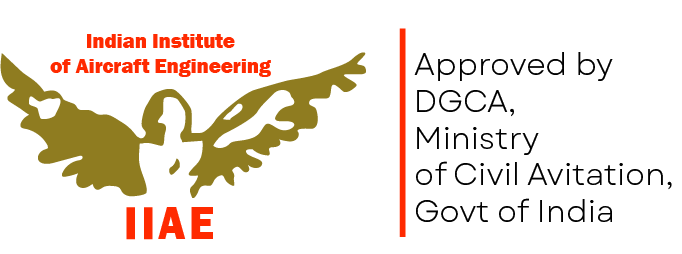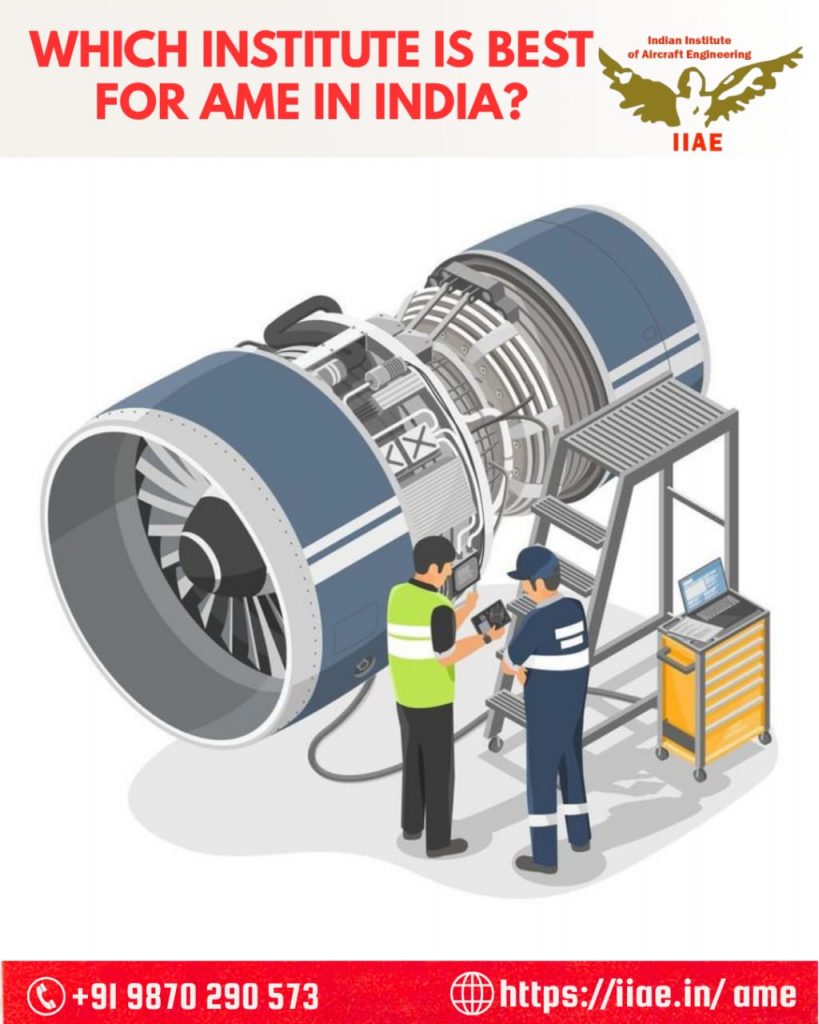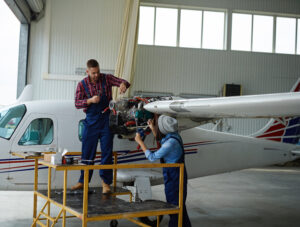What is an AME? What are the Qualifications Needed to Be an AME?
When it comes to exciting and high-responsibility careers in aviation, one profession that stands out is that of an Aircraft Maintenance Engineer (AME). With the growing demand for air travel and advancements in aerospace technology, the role of an AME has become more crucial than ever. This blog will help you understand what an AME is, what qualifications are required to become one, and why 10+2 PCM students are the ideal candidates to pursue this rewarding career.
What is an AME?
An Aircraft Maintenance Engineer (AME) is a licensed professional responsible for the safety, maintenance, and repair of aircraft. Unlike pilots who fly the aircraft, AMEs ensure that every part of the aircraft is functioning perfectly before takeoff. They inspect, troubleshoot, and certify the aircraft to ensure it is airworthy.
In simple terms, AME are the backbone of aviation safety. Without their approval and signature, no aircraft can legally take flight.
Why is the Role of an AME So Important?
Airlines and aviation companies rely heavily on AMEs to:
- Perform regular safety checks
- Repair and replace malfunctioning parts
- Ensure that the aircraft complies with aviation safety regulations
- Certify the aircraft as fit to fly
Their work directly affects passenger safety and aircraft performance, making it one of the most respected and responsible roles in the aviation industry.
Qualifications Needed to Become an AME
If you’re a student who has completed 10+2 with Physics, Chemistry, and Mathematics (PCM), you are eligible to begin your journey to become an AME. Here’s a detailed breakdown of the qualifications and steps involved:
1. Educational Qualification
- Minimum Requirement: 10+2 (PCM) from a recognized board
- Minimum Marks: Usually 45%-50% aggregate in PCM subjects (varies by institute)
- Preferred Background: Strong interest in mechanical, electrical, or aviation subjects
This foundational science and mathematics knowledge is essential, as the AME course includes technical subjects such as aerodynamics, aircraft systems, and electronics.
2. Enroll in a DGCA-Approved AME Institute
After your 10+2, the next step is to enroll in a DGCA (Directorate General of Civil Aviation) approved AME training institute in India.
There are two types of AME programs:
A. Category A (Mechanical Stream)
- Duration: 2 years (1 year academic + 1 year practical)
- Focus: Line maintenance work such as quick checks and minor repairs
B. Category B (Avionics or Mechanical Stream)
- Duration: 4 years (2 years academic + 2 years practical training)
- Focus: In-depth knowledge and heavy maintenance, including engines, electrical systems, and airframes
Make sure the institute you choose is DGCA-approved, as only then will you be eligible for AME licensing in India.
3. Undergo Practical Training
Practical experience is a key part of AME training. Most DGCA-approved institutes offer tie-ups with airlines, MROs (Maintenance Repair Organizations), or aircraft manufacturing companies for hands-on training.
During this phase, students work on live aircraft and gain real-world experience that prepares them for their license exams and future jobs.
4. Clear the DGCA Modules
To be certified as an AME, students must pass several DGCA-prescribed modules covering various technical and regulatory aspects of aircraft maintenance.
Some key modules include:
- Aircraft General Knowledge
- Human Factors
- Aviation Legislation
- Aerodynamics
- Electrical Fundamentals
- Digital Techniques / Electronic Instrument Systems
These exams are conducted by DGCA, and clearing them is mandatory to receive your AME license.
5. Obtain the AME License
Once you complete your training and pass the DGCA modules, you will receive your Aircraft Maintenance Engineer license, which is your gateway to working in the aviation industry.
With this license, you are legally authorized to certify aircraft for flight—a role that carries immense responsibility and respect.
Why 10+2 PCM Students Are Perfect for AME
If you’re from a science stream with PCM, you already have the logical, analytical, and problem-solving foundation required for an AME career.
Here’s why 10+2 PCM students are ideal for this profession:
- Strong base in Physics and Math helps in understanding aircraft systems and aerodynamics
- Curiosity and aptitude for machines, electronics, or mechanics
- Opportunity to enter a high-paying, specialized field without needing a conventional engineering degree
Career Opportunities After Becoming an AME
Once you’re a licensed AME, a range of opportunities open up in both the government and private sectors:
- Airlines (IndiGo, Air India, SpiceJet, etc.)
- Aircraft manufacturers (Boeing, Airbus)
- MRO companies (Air Works, GMR Aero Technic)
- Defence sector (Indian Air Force, DRDO)
- International airlines (subject to global certifications)
As air travel grows, the demand for skilled AMEs is projected to rise, both in India and globally.
Salary Expectations for AMEs
AMEs are well-compensated professionals due to the nature of their job. Here’s a rough estimate:
- Freshers: ₹3.5 – ₹6 LPA
- With Experience (5-10 years): ₹10 – ₹20 LPA
- International Opportunities: $50,000 – $100,000 annually (depending on country & airline)
With time and experience, AMEs can also move into management roles, quality control, or start their own aviation consultancies.
Quick Summary
| Criteria | Details |
| Eligibility | 10+2 with PCM |
| Course Duration | 2 to 4 years (based on stream) |
| Governing Body | DGCA (Directorate General of Civil Aviation) |
| License | AME License after clearing DGCA modules |
| Job Roles | Maintenance, troubleshooting, aircraft certification |
| Career Opportunities | Airlines, MROs, Manufacturers, Defence, Global markets |
| Average Salary | ₹3.5L to ₹20L annually (India) |
Conclusion:
If you’re a 10+2 PCM student with a passion for aviation and a knack for machines, becoming an Aircraft Maintenance Engineer could be your dream career. It’s a field full of innovation, responsibility, and global opportunities.
With India becoming a global aviation hub and thousands of new aircraft being added over the next decade, the demand for certified AMEs is set to skyrocket.
So, if you want a career that takes you sky-high, it’s time to consider AME.
Frequently Asked Questions (FAQs)
1. Is AME a good career option?
Yes, AME is a rewarding and high-demand career with strong growth prospects in both India and abroad.
2. Can girls apply for the AME course?
Absolutely! The AME profession welcomes both boys and girls equally. Many female students are now joining this dynamic field.
3. What is the difference between AME and Aeronautical Engineering?
AME is a licensing program focused on aircraft maintenance, while Aeronautical Engineering is a degree-based engineering course in aircraft design and development.
4. How long does it take to become an AME?
Depending on the stream, it takes 2 to 4 years, including academic training and practical exposure.
5. Can I get a government job after AME?
Yes, AMEs can apply for roles in government bodies like Air India, DGCA, and the Indian Air Force (technical branches).
Related Keywords Search by Students on Google:
AME | AME Course | AME Admission | AME Course Fees | AME Entrance Exam | AME Course Details | AME Course Duration | Aircraft Maintenance Engineering | Aircraft Maintenance Engineering Admission| Aircraft Maintenance Engineering Course | AME College | Aircraft Maintenance Engineering Entrance Exam | Aircraft Maintenance Engineering Eligibility | AME Eligibility | Aircraft Maintenance Engineering Course Fees | AME College in Delhi | Best AME College in Delhi | Top AME College in Delhi | AME Admission Eligibility | AME Course Eligibility




